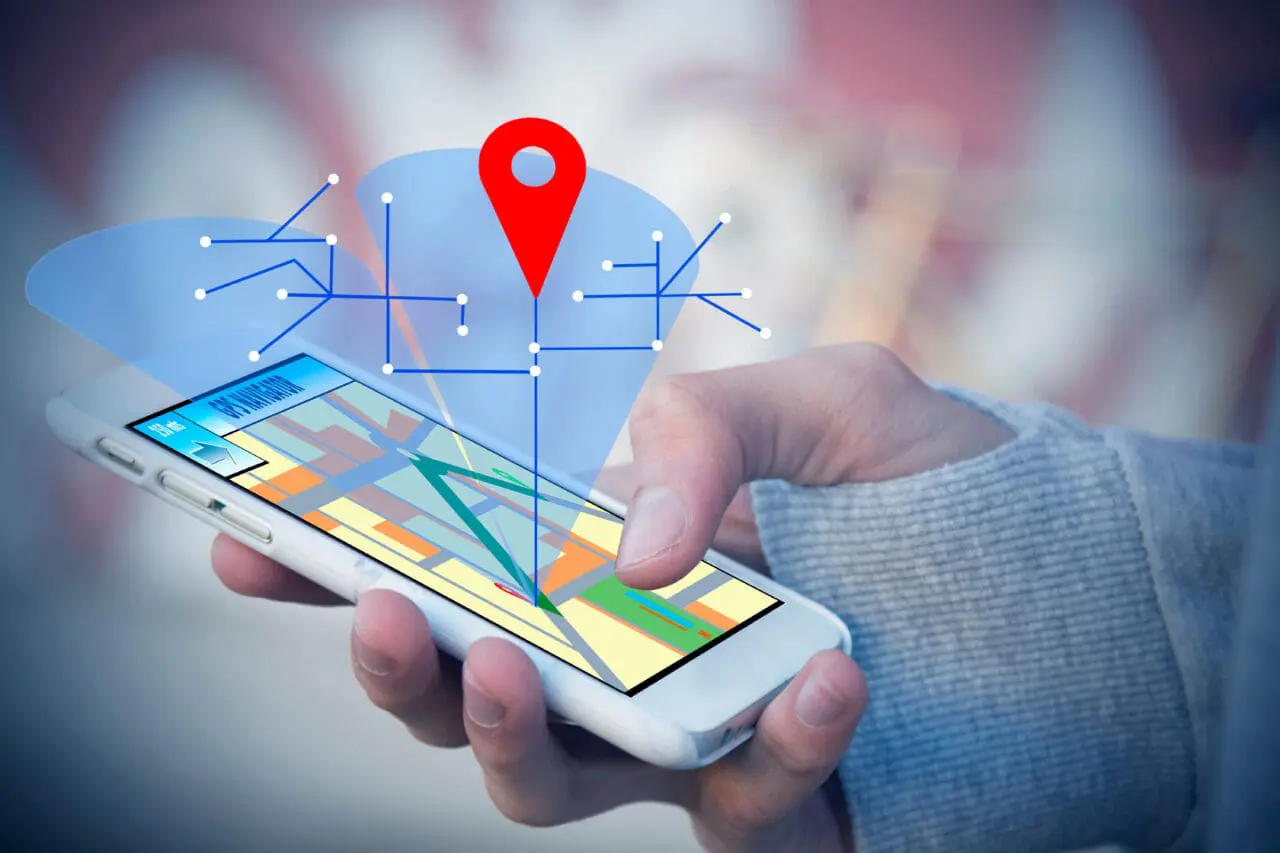

In this insight, we take a closer look at the new alternative positioning system to GPS that is accurate within an incredible 10 centimetres.
Issues With the Current GPS System
Society heavily relies on Global Navigation Satellite Systems (GNSS) like GPS for positioning and navigation, as well as the distribution of time and frequency reference signals. Although the current GPS works reasonably well and has a high economic value, it has some limitations. These include:
– It uses satellites. This can mean that radio signals can be weak when received on Earth, thereby affecting the usability of GPS positioning.
– GPS can be unreliable in urban areas because buildings block the radio signals. This has implications for location-based applications, navigation devices, and new technologies like automated vehicles.
– GPS often doesn’t work indoors due to radio waves being blocked by physical barriers, e.g. walls and other objects.
– The narrowband GNSS signals (used in GPS) offer lower data rate transmissions, i.e. slower communication.
– There is no backup system for GPS.
SuperGPS
‘SuperGPS’ is the new system developed by researchers at Delft University of Technology, Vrije Universiteit Amsterdam and VSL. SuperGPS was explicitly developed to tackle many of the limitations of GPS and to work as a hybrid optical-wireless system for accurate positioning, navigation and network synchronisation for many applications.
How It Works
Instead of using satellites, SuperGPS uses fibre-optic connections in the telecom network, synchronised to an accurate optical atomic Master clock, and the system uses wideband radio signals rather than today’s narrowband GNSS signals. This creates a synchronised optical network which serves as a backbone for a wireless enhanced terrestrial positioning system.
The Benefits
The benefits of SuperGPS compared to GPS are:
– It could be more accurate and stable. The SuperGPS researchers say it has 10-centimetre accuracy compared to (the several metres of) GPS, with more excellent stability.
– It works where GPS doesn’t, i.e., in circumstances where satellite navigation is unavailable or only with strongly reduced performance.
– Its simultaneous data, time, and frequency transfer offer two important systems in one, i.e. connectivity like the existing mobile and Wi-Fi network and accurate positioning and time distribution like GPS.
– Futureproofing. It offers the kind of accurately synchronised infrastructure needed for future applications of wireless terrestrial positioning systems, appropriate signal processing and positioning techniques.
– SuperGPS uses the existing fibre-optic connections in the telecom network, thereby speeding up its introduction and keeping costs down.
Applications
GPS has various applications, including communications networks, banking systems, financial markets, power grids, logistical supply chain management, precise time synchronisation, wireless services, personal devices including mobile phones and watches, and more.
It is hoped that the new, more accurate SuperGPS with stronger, more reliable signals will deliver many unique benefits for personal intelligent devices, industry and e-commerce, wireless Internet (4G+), Cm level positioning, science, quantum communication, and new/emerging technologies like intelligent highways and autonomous vehicles.
What Does This Mean For Your Business?
The reliance upon satellites in the current GPS can mean that weak signals being blocked by buildings and other objects can affect its reliability and accuracy. The new SuperGPS system’s use of fibre-optic networks, increased speed and accuracy mean that it could offer a much more stable, reliable, and effective earth-based localised alternative. These benefits, along with its two-in-one simultaneous connectivity, accurate positioning and time distribution, give it the scope needed for next-level communications and new technologies like autonomous vehicles. Putting this kind of improved infrastructure in place could boost industries like autonomous vehicles, have positive knock-on efficiency effects across many industries, plus lay a foundation for a whole new realm of innovation.
This website uses cookies to improve your experience. Choose what you're happy with.
Required for the site to function and can't be switched off.
Help us improve the website. Turn on if you agree.
Used for ads and personalisation. Turn on if you agree.
This website uses cookies to improve your experience. Choose what you're happy with.
Required for the site to function and can't be switched off.
Help us improve the website. Turn on if you agree.
Used for ads and personalisation. Turn on if you agree.